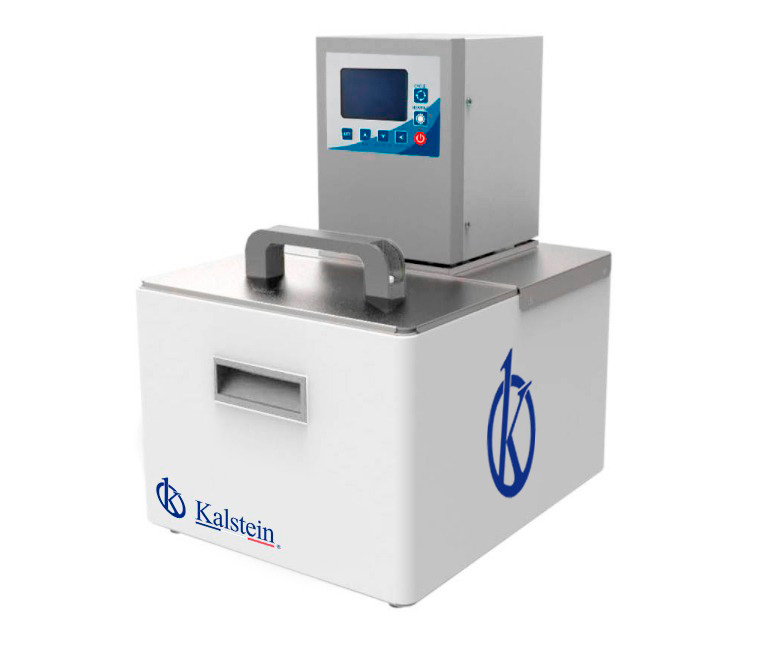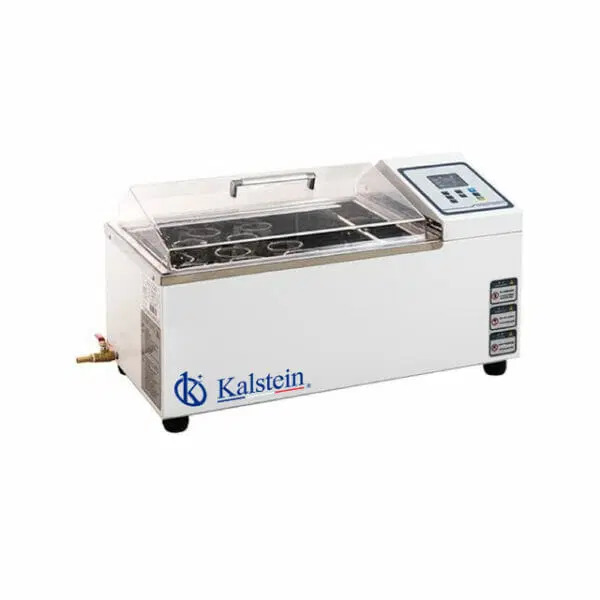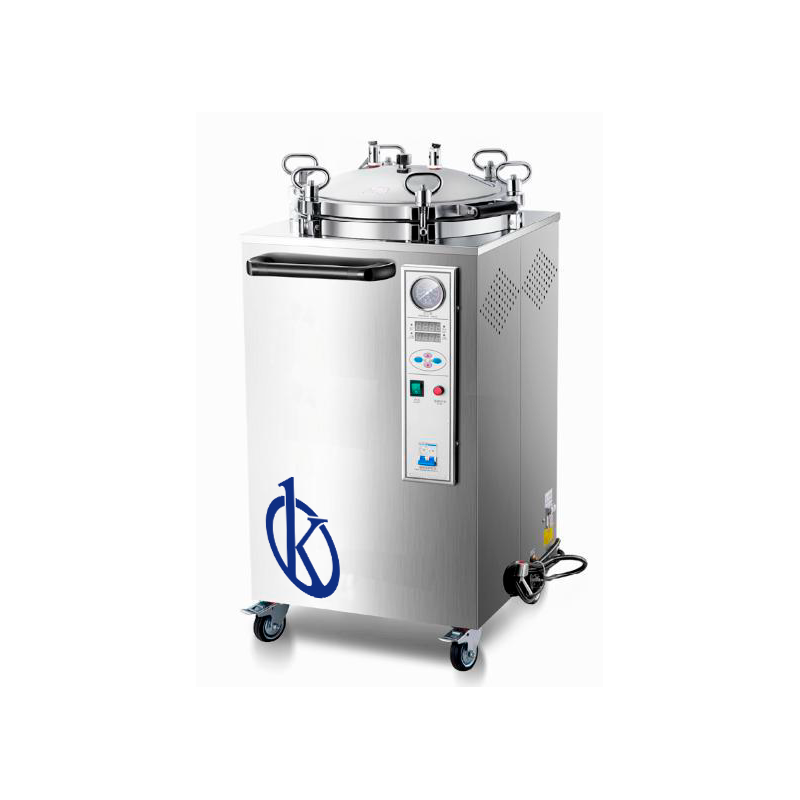An ice maker or ice maker is a machine that makes ice from moving water, unlike the traditional method of making ice, where water is frozen.
Today an ice maker is considered a key piece of equipment in the best laboratories and hospitals in the world. And the fact is that the ice they produce is a great ally for most professionals in the health sector. As a consequence, most health centers, laboratories, hospitals and research centers include an ice maker in their equipment.
Types of ice makers
- Modular Ice Maker: Comes in a wide variety of sizes and with different ice production rates. The storage tank is a separate unit, also available in a variety of storage capacities. The machine is typically stackable on top of the ice bin, creating the appearance of a single piece of equipment. However, this arrangement of separate units facilitates cleaning and maintenance of the ice machine.
- Self Contained Ice Makers: Include the ice maker and ice collection tray within the same box, creating a truly individual unit. It takes up less physical space, but on the contrary, the ice production and storage capacity are less than that of modular units. Self-contained ice machines are available in a variety of sizes and capacities, which is a very practical solution when there are problems of lack of space in the workplaces where it must be installed.
- Undercounter ice machines: This type is very practical because its compact design allows you to have ice at hand without taking up too much space. However, these types of machines have lower ice production rates and their storage capacity is significantly less than the larger autonomous units, which means that they have to make ice more times, with the consequent energy expenditure.
How does the ice maker work?
One of the simplest professional systems uses a large vertically placed metal ice cube tray. In this system the metal ice tray is connected to a set of spiral heat exchanger tubes. A compressor pushes a stream of refrigerant fluid through a narrow tube (condenser) to condense it and then releases it into a wider tube (evaporator) where it expands.
Compressing the refrigerant increases its pressure, which increases its temperature, as the refrigerant passes through the condenser coils, loses heat to the cooler outside air and condenses into a liquid. When the compressed fluid passes through the expansion valve, it evaporates, it expands to become a gas. This evaporation process draws heat energy from the metal pipes and the air around the refrigerant. This causes the pipes and the attached metal ice tray to cool down.
At Kalstein we are MANUFACTURERS and we offer you excellent ice makers at the best PRICES on the market. That is why we invite you to take a look at: HERE




